Preview |
PDF (Original Article)
- Requires a PDF viewer such as GSview, Xpdf or Adobe Acrobat Reader
2MB |
| Item Type: | Review |
|---|---|
| Title: | Emerging technologies and future directions in interorgan crosstalk cardiometabolic research |
| Creators Name: | Bae, H., Nguyen, C.M., Ruiz-Orera, J., Mills, N.L., Snyder, M.P., Jang, C., Shah, S.H., Hübner, N. and Seldin, M. |
| Abstract: | The heart does not work in isolation, with cardiac health and disease occurring through complex interactions between the heart with multiple organs. Furthermore, the integration of organ-specific lipid metabolism, blood pressure, insulin sensitivity, and inflammation involves a complex network of signaling pathways between many organs. Dysregulation in these communications is now recognized as a key contributor to many manifestations of cardiovascular disease. Mechanistic characterization of specific molecules mediating interorgan signaling has been pivotal in advancing our understanding of cardiovascular disease. The discovery of insulin, glucagon, and other hormones in the early 20th century illustrated the importance of communication between organs in maintaining physiological homeostasis. For example, elegant studies evaluating insulin signaling and its role in regulating glucose metabolism have shed light on its broader impact on cardiovascular health, hypertension, atherosclerosis, and other cardiovascular disease risks. Recent technological advances have revolutionized our understanding of interorgan signaling. Global approaches such as proteomics and metabolomics applications to blood have enabled the simultaneous profiling of thousands of circulating factors, revealing previously unknown signaling molecules and pathways. These large-scale studies have identified biomarkers linked to early stages of heart disease and offered new therapeutic targets. By understanding how specific cells in the heart interact with cells in other organs, such as the kidney or liver, researchers can identify key pathways that, when disrupted, lead to cardiovascular pathology. The ability to capture a more holistic view of the cardiovascular system positions interorgan signaling at the forefront of cardiovascular research. As we continue to refine our tools for mapping these complex networks, the insights gained hold the potential to not only improve early diagnosis but also to develop more targeted and effective treatments for cardiovascular disease. In this review, we discuss current approaches used to enhance our understanding of organ crosstalk with a specific emphasis on cardiac and cardiovascular physiology. |
| Keywords: | Blood Pressure, Cardiovascular Diseases, Cell Communication, Endocrine System, Heart Diseases, Hypertension, Animals |
| Source: | Circulation Research |
| ISSN: | 0009-7330 |
| Publisher: | American Heart Association |
| Volume: | 136 |
| Number: | 11 |
| Page Range: | 1494-1506 |
| Date: | 23 May 2025 |
| Official Publication: | https://doi.org/10.1161/circresaha.125.325515 |
| PubMed: | View item in PubMed |
Repository Staff Only: item control page

 Tools
Tools Tools
Tools

